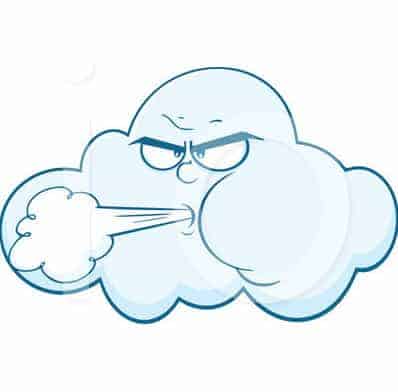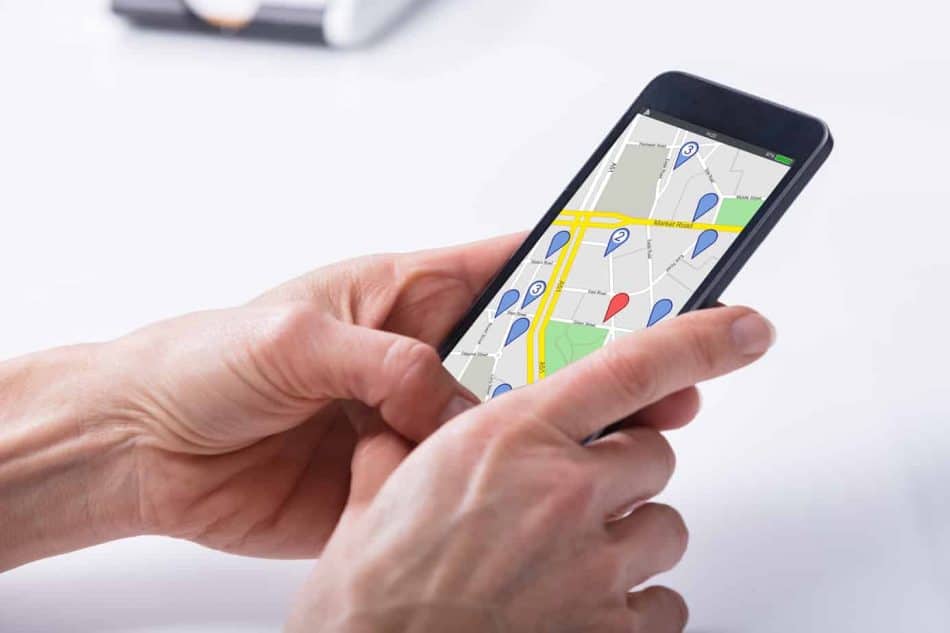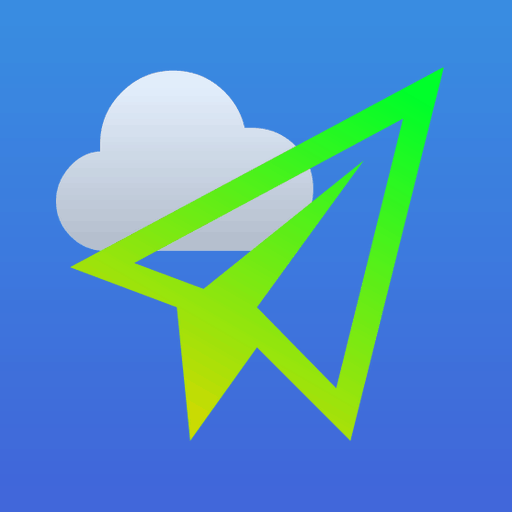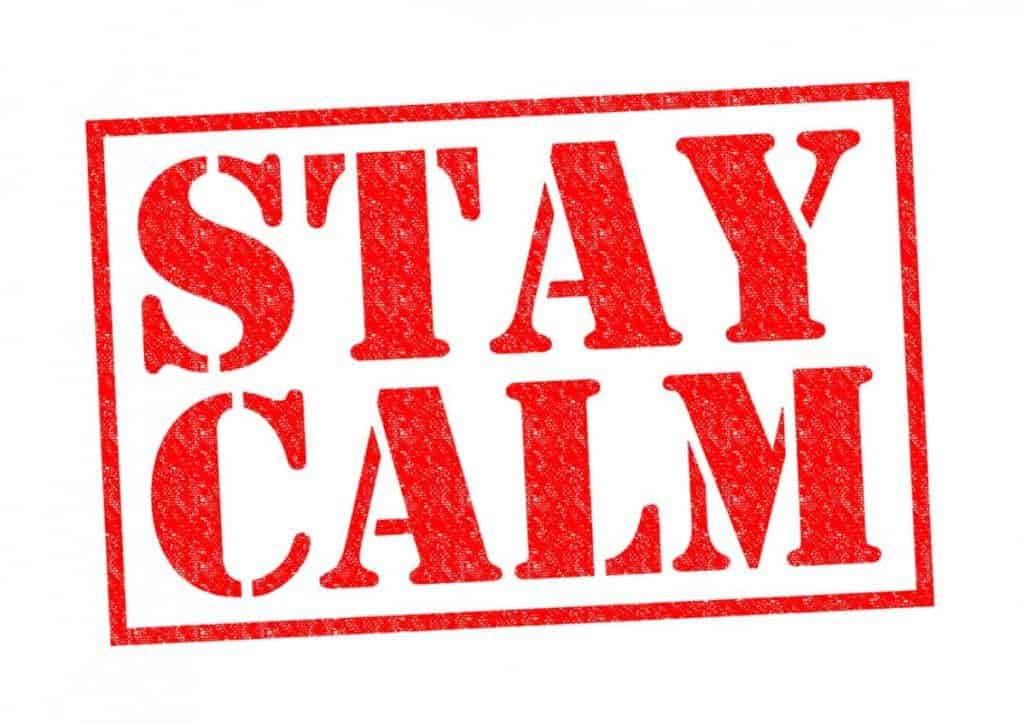
How to Prevent your Drone from being Blown Away and what to do if it happens to you.
When you own a Drone under 250 grams or 0.55lbs, and you’re not careful, you will experience a flyaway. Actually, for this article it’s Blown Away Here’s how to prevent it from happening.
How can you prevent a Drone being Blown Away? The 7 most important items to check before take-off;
- Batteries Fully Charged
- Compass Calibrated
- GPS Satellites Locked in – 8 Plus minimum.
- Reset The Home Point
- Weather Conditions
- Wind Speed
- Did I mention wind speed?
What can cause a Drone flyaway?
Flyaways (Blown Away) because of wind is inevitable. It’s almost guaranteed, like the possibility of crashing, It will happen. Like anything else, if you take the time to know the risks and how to mitigate them, you can avoid the flyaway altogether.
What can cause this and what can you do to prevent the dreaded flyaway of your lightweight Drone? (all Drones for that matter). We will take a quick look at;
- Why getting Blown Away – flyaways happen
- Look at how to prevent a flyaway
- Last but I think the most important, what to do when you find yourself in the middle of a flyaway.
Why Drones under 250 grams are affected by wind
With a Drone under 250g or 0.55lbs, the most common cause is it’s just too windy to fly. If you’re flying in winds over 15mph/24kph, you risk losing your Drone.
Keeping it simple here, a drone that is 250g is very light. Because of this, it affects the aerodynamics of how the Drones fly. Specifically, it’s pitch.
On heavier Drones, the nose drops farther down. For example, when you turn your Drone around to head home, moving forward the nose of the aircraft dips down. (Pitch increases) In a headwind, this helps with the aerodynamics and reduces the drag on the Drone.
Using a simple example, if you’ve ever tried walking in a wind storm you probably remember as you start walking you put your head down and lean forward as you walk into the wind. It helps decrease the wind resistance so you can walk a little faster Your drone does the same thing.
With the smaller Drones, like the Mavic Mini, when you turn around to head back home, there is less pitch because of its weight.
The lighter weight prevents the Drone from, (for lack of a better explanation) putting its head down and plowing through the wind. It can’t keep Its speed up.
Essentially less pitch = less speed. The top speed of a Mavic Mini is about 30mph/48kph. So…if your Drone is flying into a 25mph/40kph headwind, it will start to drift off course or worse, backward, and struggle to move forward.
This will happen with any Drone under 250 grams or half a pound, on a really windy day. So… Let’s have a look at steps you can take to prevent flyaways.

7 Ways to Prevent a Drone Flyaway (Blown Away)
Charging your Batteries
It is essential that you make sure your batteries are fully charged before you take off. If you get caught “way out there” and your battery is running low, you may not make it home. Most Drone batteries have the same characteristics. One I found that’s common is the power it provides the drone diminishes as the battery drains.
So more power the first part of the flight and less as it gets closer to being drained.
Make sure the batteries are charged up before flight and keep a close eye on how much is left. You’ll get used to the battery limitations the more you fly your drone.
Be especially careful Flying Your Drone in Cold Weather
Compass Calibration
Before you take off the first item to take care of (After reading the owner’s manual if it’s your first time) is to calibrate the compass.
Make sure you’re not standing on a manhole cover or close to something metallic…like your car. (I have experienced both my first week of flying…D’oh)
The reason calibration is first on the list is because you need it properly calibrated for the next few steps.
GPS Satellites Locked and Loaded
Now that the compass is calibrated, you can check your App to see how many satellites you are connected to.
The rule of thumb here is a minimum of 8. I have flown with less but I wouldn’t advise it. The more the merrier.
This is important, especially if/when you lose your Drone, you are able to find it with the DJI App using the GPS last location point. **If you still are connected and have battery left.
Reset the Home Point
The other reason to calibrate the compass and lock in the Satellites is to make sure you reset the home point accurately.
If you lose connection and your Drone triggers the Return to Home feature, you want to make sure it comes back to where you’re standing
Ok, so I learned this the hard way. I fly in my back yard to practice and then went down the street to a park to fly in the open area. I forgot to reset the home point to the park.
When I lost connection my Drone flew Home. Home Home!…back down the street. Lesson learned. It could’ve been worse.

Weather Conditions
I have always checked the weather before heading out to fly. It’s more important, in my humble opinion, when you own a Drone under 250 grams or half a pound.
Because they are so light you really need to check the wind speed at the location the day you are flying. Now realistically the weather Apps are a guesstimate but will give you a pretty good idea of speed. You can always use the old wet finger in the air trick to check the direction.
I use an App called UAV Forecast. (Available on iOS and Android and the web at (www.uavforcast.com)
What’s special about this app is it tells you what the wind speed is at different altitudes.
For example, the wind speed at ground level may be 5mph/8kph. BUT at 30M/100ft it maybe 3 times that speed.
This is where a lot of (New) Drone pilots get into trouble the first few times they head out to fly. The biggest factor for lost Drones under 250g is higher wind speeds.
It may seem like a calm day to fly where you’re standing but it’s not always the case up above.
When you lift off, take your Drone up to 100ft/30m. Hover for a second and see if it gets pushed around.
If it’s ok, with the GPS it should stay fairly stable for you.
Max Wind Speeds for Drones under 250g
In my opinion, from experience I would say the Max wind speed to fly your Drone under 0.55lbs would be 15mph/25kph roughly. Any more than that and you risk drifting around.
Now if you’re flying in a sheltered park area sure no problem but remember if you take your Quad up over the tops of the trees, be careful. The wind speed may surprise you.
I know, I sound like a worry wort but I am speaking from experience. There is nothing worse than that feeling, the pit in the bottom of your stomach, as you watch helplessly your Drone drift out of range.
And 7, Last But not least
- Did I mention Wind Speed

What should you do when you’re experiencing a Drone Flyaway?
First of all DON’T PANIC. My first time (yes I’ve had a couple) I panicked. I totally lost my mind. You can’t think straight, what should I do, whaaaaa. I made things worse.
It’s important to stay calm because there are a couple of takeaways here that if you can manage the situation calmly you will save your Drone.
In all cases, I found my Drone, no problem and no damage. Here are a few recommendations.
- From the start of the flight, if you’re a new pilot, it a good idea to fly out into the wind. This will help you near the end of your flight when you are returning home. It will be with the wind. Less power = longer battery life and flight time
- If your Drone starts to Blow away, turn and head towards home.
- If still within line of sight and you’re able to, decrease your altitude. The lower you fly the less wind.
- Keep an eye on your battery charge. You need to reserve some battery in case you can’t make it back to the home point. The last thing you want is to lose your connection.
- Avoid triggering AutoLand. If your battery reaches critical levels your Drone may activate a forced landing. This can be problematic if you’re over water!!
- If you need to, perform a controlled landing in a safe spot. Drop your camera down and look around. Try to land with battery power left.
- Activate find my Drone in the DJI App. It should lead you directly to your Drone.
At the end of the day, I personally think if you follow some of the tips I’ve learned from experience you should be just fine.
This article is really directed to new pilots and to new owners of Drones under 250g. The Mini flies a LOT different than my Phantom 4!
It’s also directed specifically around what happens if your Drone is Blown Away. Flyaways are another story.
We have an in-depth article on how to prevent flyaways for any Drone here. It’s worth a read.
Another Article you may like is How to Own and Operate a Drone with no License or Registration.
Thank you so much for taking the time to read my article. I hope it helps you if you get caught flying on a windy day
I wish you a safe flight. Stay out of the trees!
PS. Check out my favorite GPS Tracker, Tractive, below Yes, its for pets but you can set it up for your Drone too.
I use it and it works flawlessly. I originally bought it for my crazy dog. It is really small, lightweight, and works all over the world.
I used a piece of double-sided velcro to attach it to my Drones. Its affordable and the APP has a ton of features. It will send you text message alerts when it flys out of your zone.
I Highly recommend it.

